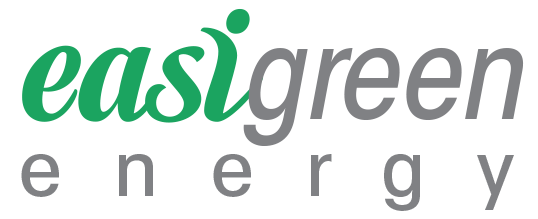Solar Panel Wiring
Solar panels are installed in almost every house in the United States. In fact, homeowners prefer buying houses with solar panels as it helps them in saving future costs and enjoy tax benefits offered by the state. To install a solar panel, installers require good solar panel wiring. However, choosing the right type of wiring for the solar panel system can be a complicated and critical task. Those who are well versed and are knowledgeable about solar panel wiring can choose it without any trouble. For those who don’t have much knowledge in this regard, this is why they should contact professional installers to help them deal with this issue.
Let’s have a look at certain features of solar panel wiring;
Material of Wire – Aluminum and Copper
The wires are commonly made from 2 conductive materials; copper and aluminum. They are used for commercial and residential purposes. However, aluminum has less conductivity than copper. This is why copper carries more current compared to an aluminum wire, no matter if they are of the size. Furthermore, an aluminum wire can be weakened during installation, especially when it is bent.
Those who wish to stay on budget often choose aluminum wires to save their cost. On the contrary, copper wires are long lasting and durable and hence, are chosen by various homeowners for interior home wiring. Aluminum wires on the other hand are chosen for commercial operations, larger grounds and overhead services entrances.
Type of Cable – Solid and Stranded
The cable of the wire could either be solid or stranded. The solid wires are made out of one single, strong wire while the stranded wires consist of many small wires, making them flexible. These types of wires are suggested for big sized areas as they have better conductivity and let the current flow unopposed. On the contrary, solid wire cables have less wire surface and are thus chosen for smaller areas. Stranded wires are often chosen in industries while the solid ones are chosen for houses.
Covering – Insulation
The wire is covered by insulated covering. This secures the solar panel wiring from any moisture, heat, sun, ultraviolet chemicals or light. Some common types of insulation are;
• TW, THWN, THW is used for wet outdoor and indoor areas,
• THHN is used indoors in dry locations,
• PV wire, RHW-2 and USE-2 are also used in wet outdoor conditions where the cable needs to be resistant to moisture and UV,
• USE and UF are also good for using in underground areas.
Color – Black, Red, White and Green
Solar panel wiring has an insulation covering which is color coded to determine its usage and function. For installation of solar panels, you need to understand the color coding on the wires. The wiring is based on the Alternating Current (AC) and Direct Current (DC). Check out the color coding below to determine the type of wiring.
Alternating Current (AC)
• Red, black or any other color is appropriate for ungrounded hot areas.
• Green or a bare color is suitable for underground equipment.
• White color is good for grounded conductors.
Direct Current (DC)
• Red color is appropriate for mild conditions.
• Green or bare color is good for equipment in grounded areas.
• White color is suitable for grounded conductor areas.
Now that you know the features of solar panel wiring, we hope you make an informed decision when choosing the right wiring.
